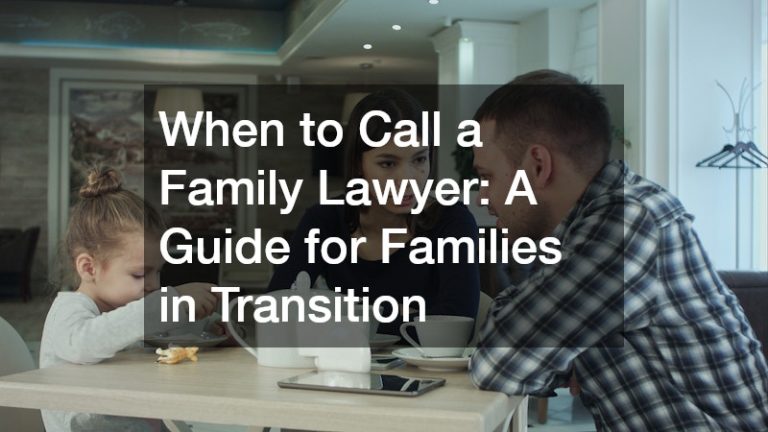Food is meant to be enjoyed and should not be a source of a person’s distress. Unfortunately, there are a lot of people around the world who suffer from different kinds of allergies. Such allergic reactions can affect one’s daily routine and even compromise one’s health.
For starters, allergic reactions occur when our immune system overreacts to a particular allergen. The immune system perceives the allergen as a threat, hence the overreaction. Some of the most common allergic reactions include itchy skin, runny nose, constant sneezing, and anaphylaxis in worst cases.
There are also many causes of allergic reactions. Some are allergic to pet dander or pollen, while others are allergic to certain foods. Speaking of allergy-causing foods, one of the most popular food allergens is gluten. In fact, some restaurants in Salt Lake City offer gluten-free food for gluten-intolerant individuals.
Symptoms of gluten allergy
Gluten allergy occurs when a person consumes certain foods containing gluten. Gluten is a type of protein present in barley, rye, and wheat. It can have adverse effects on the digestive system.
One of the most common – and considered the most severe – form of gluten allergy is celiac disease. Meanwhile, some of the most common symptoms of gluten intolerance are the following:
- Diarrhea/constipation
- Feeling of bloatedness especially after eating
- Headaches
- Lethargy/fatigue
- Skin issues (ex. psoriasis, alopecia, urticaria)
- Mood swings (ex. anxiety, depression)
- Sudden weight loss
- Muscle and leg pains
If you experience the symptoms mentioned above, you might want to consider visiting an allergist doctor for proper treatment. You might also have to change your diet and see if there will be any improvement to your condition.

Gluten-free alternatives
There are some dishes that you might love but can harm your body. In such cases, you should change your usual diet and switch to gluten-free alternatives instead. Some of the most common gluten-free foods are the following:
- Dairy
- Legumes, nuts, and beans
- Fruits and vegetables
- Poultry and meat
- Seafood
- Pure barley and wheatgrass (should undergo proper harvesting method to avoid gluten contamination)
Some grains, starch-rich crops, and legumes are also considered gluten-free.
- Quinoa
- Soy
- Cassava
- Maize corn
- Tapioca
- Potato
- Millet
- Rice
- Chia
- Nut flours
A word of caution
First of all, just because the label says it’s “gluten-free” does it mean that it really is. One important rule to consider is that usual wheat-based products such as bread and pasta are not entirely gluten-free. Still, there are many gluten-free products available in the market, specifically in the freezer section of the grocery store.
Some cereals either contain gluten or none at all. However, take note that puffed rice cereals and cornflakes usually contain malt, which also contains gluten. Oats are prone to gluten contamination since they are typically produced using the same equipment. Famous sauces and soups also use wheat as a thickening agent but contain gluten as well.
Prevention is still better than cure. It is better to do your research when it comes to avoiding allergic triggers. It might also be a good idea to prepare your meals rather than buy processed and take-out food. Doing so can prevent possible allergic reactions.











